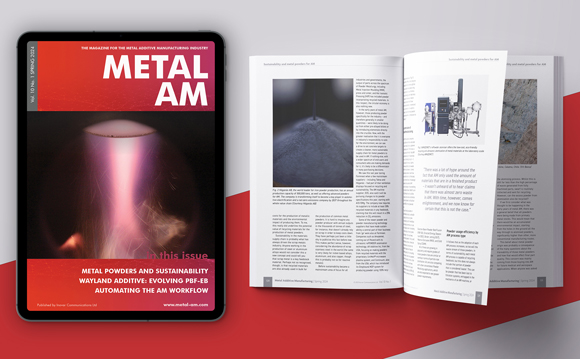3DQue successfully tests automation technology for reduced-cost AM
September 29, 2021
3DQue Systems Inc, Vancouver, British Columbia, Canada, has announced the successful testing of Quinly automation for metal Additive Manufacturing. Quinly, a hands-free virtual operator, was tested with the Fused Filament Fabrication (FFF) machine Ultimaker S5. Early results indicate automation decreases operator time by around 90%, lowers cost per part and reduces initial capital investment when compared to traditional AM.
“Lower up-front and per-part costs combined with less operator time and higher throughput without having to incur the high risk of part stacking is a game changer for many manufacturers,” stated Mateo Pekic, co-founder of 3DQue Systems. “Quinly allows companies to easily scale metal part production by automating their Ultimaker S5s they already have and are using for plastic parts.”
For metal AM to disrupt the $2 trillion metal goods market, it must cost-effectively scale for mass production explains 3DQue Systems. Three of the biggest bottlenecks to scaling AM are said to be the high labour, equipment, and operating costs. Based on current AM methods, for the metal AM market to reach a 1% market share ($20 billion) by 2025, companies would have to train more than 4 million skilled operators and spend $2 trillion in equipment for Additive Manufacturing. With Quinly automation, $20 billion in metal prints could reportedly be achieved with just 400,000 skilled operators, $300 billion in automated equipment, and resultant parts could be less than half the cost of metal additively manufactured parts today.
Stephanie Sharp, CEO., 3DQue Systems, commented, “Shifting 3D printing from a batch process to a continuous-flow process, automating existing printers, and connecting production through digital supply chains allows companies to cost-effectively produce large volumes of parts in-house or onsite at customers. By reshoring production, companies have more flexibility, lower inventory, and secure their supply chain. And they eliminate bulk shipping and warehousing, two of the major sources of GHGs, increasing sustainability while reducing costs. It’s a win-win.”
















